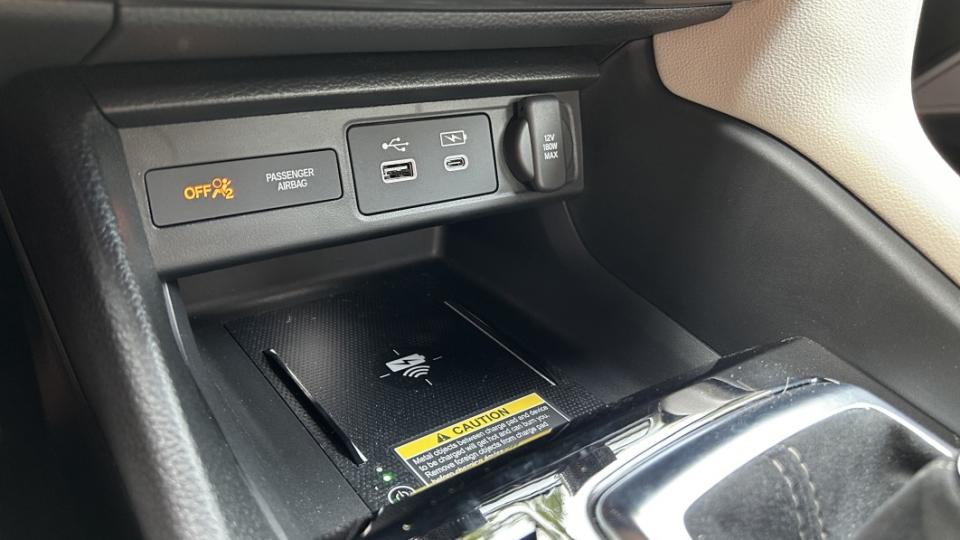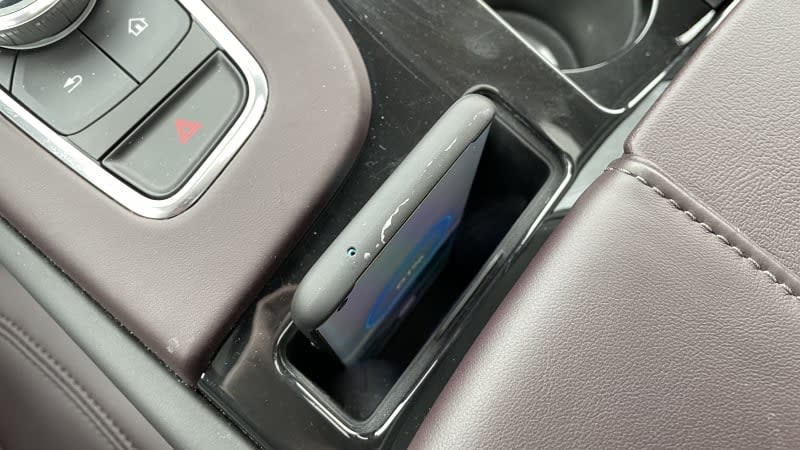Wireless phone chargers in cars are awful, but I think we're turning a corner

Wireless phone chargers in cars have royally sucked for what feels like a very long time at this point. Plenty of them function better as phone heaters than actual chargers (pre-2023 BMWs), ultimately causing your phone to overheat and Apple CarPlay or Android Auto to crash. Others are extremely finicky with positioning, causing your phone to constantly toggle between charging and not charging as it moves around the charging mat. Meanwhile, some are straight-up useless because the mat itself is so poor at holding the phone in place that it slides out of the charger entirely – see the photo at the top of this post of an Integra Type S' wireless charger. Obviously, the phone slides past those useless side detents at the first hint of a corner.
It’s bad enough that even though most new cars I test these days offer wireless phone charging, I still bring a cord on nearly every trip. Course, there are some good ones, too. I’ve always liked Cadillac’s cradle (below, left) that hugs your phone so snugly that there’s zero chance it moves and stops charging – ditto for Ram’s (below, right) “Ramcharger.” Really, any apparatus that forces the phone to stay in one place without disrupting charging is a semi-acceptable solution.


But there’s also the charging speed part of the equation. Most new, flagship smartphones have the ability to wirelessly charge at respectable speeds these days. You’re still going to achieve maximum charging speed with the classic brick-and-cord sold by your phone’s manufacturer, but popular, new phones like the iPhone 15, Samsung Galaxy S24 Ultra and Pixel 8 Pro can wirelessly charge at up to 15 watts (or 23 watts in the Pixel’s case) on a compatible wireless phone charger. The charging mats in most new cars these days won’t come anywhere near to charging your phone at its potential maximum rate. That leads to very little charging actually being done, as your phone is typically experiencing a high power draw in the car as you use it for navigation and music streaming. Basically, the charger is just barely maintaining charge at that point, leaving you to hop out of the car after a trip with the same battery percentage as when you entered. In many instances, I’ve left the car with even less charge than when I started thanks to such poor wireless charging performance.

 Yahoo Autos
Yahoo Autos